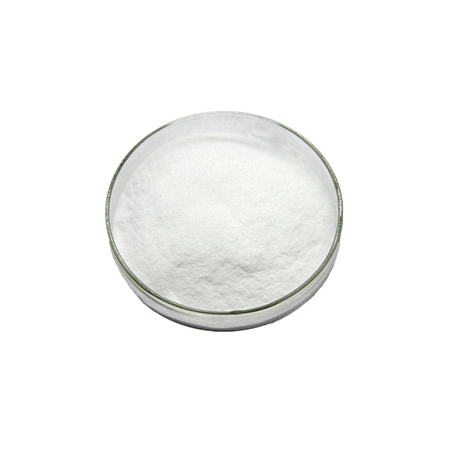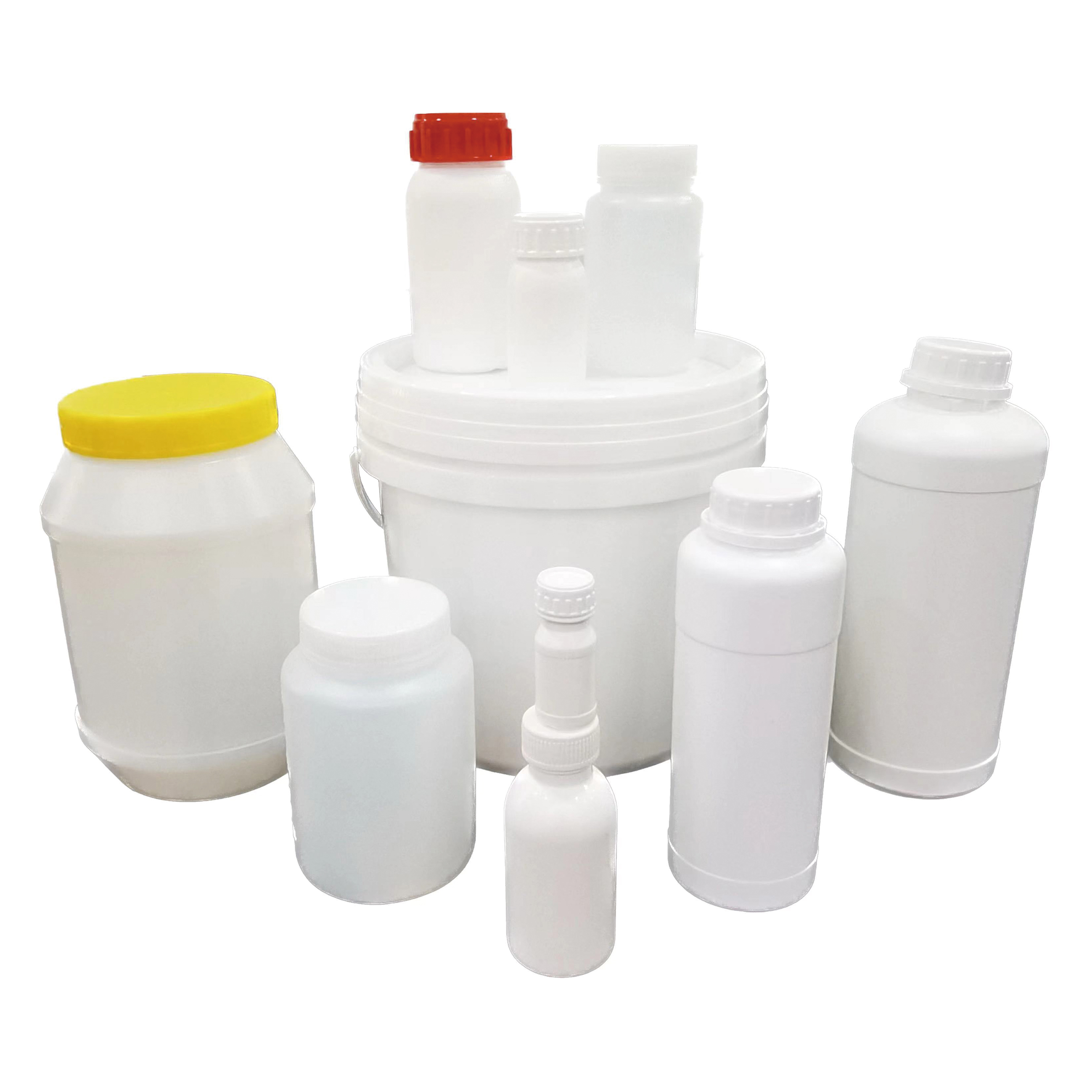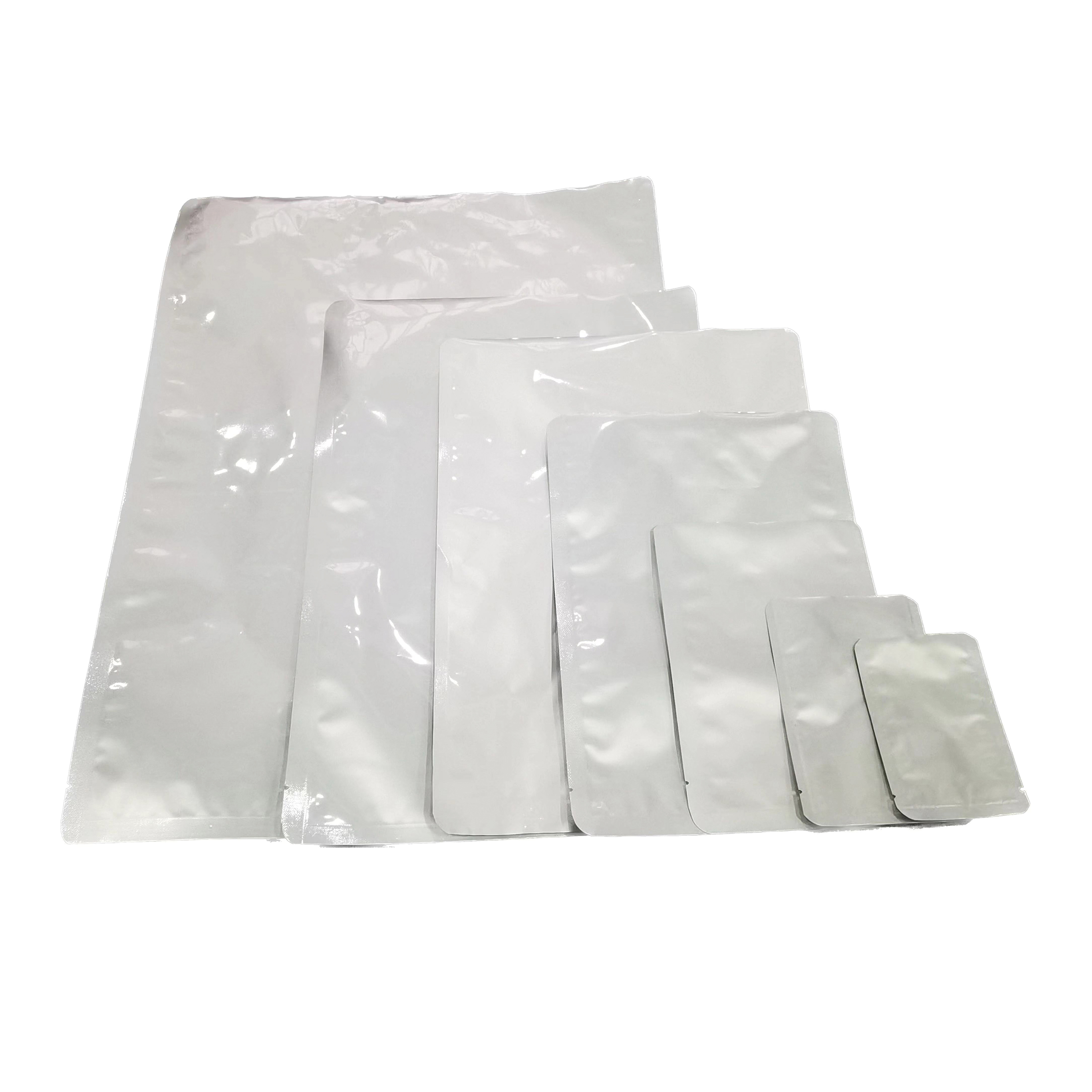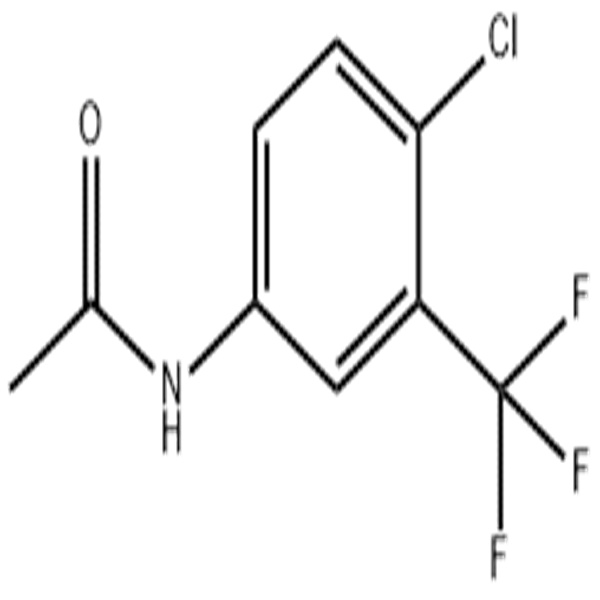 Regorafenib impurity J N-[4-Chloro-3-(trifluoromethyl)phenyl]acetamideThey are usually used to pack powder. And they can prevent sunshine and water from getting bad.
Regorafenib impurity J N-[4-Chloro-3-(trifluoromethyl)phenyl]acetamideThey are usually used to pack powder. And they can prevent sunshine and water from getting bad.

 The hard carton can protect your products from crashing and getting wet.
The hard carton can protect your products from crashing and getting wet.

In chemistry and materials science, impurities are chemical substances inside a confined amount of liquid, gas, or solid, which differ from the chemical composition of the material or compound. Firstly, a pure chemical should appear thermodynamically in at least one chemical phase and can also be characterized by its one-component-phase diagram. Secondly, practically speaking, a pure chemical should prove to be homogeneous (i.e., will show no change of properties after undergoing a wide variety of consecutive analytical chemical procedures). The perfect pure chemical will pass all attempts and tests of further separation and purification. Thirdly, and here we focus on the common chemical definition, it should not contain any trace of any other kind of chemical species. In reality, there are no absolutely 100% pure chemical compounds, as there is always some minute contamination. Indeed, as detection limits in analytical chemistry decrease, the number of impurities detected tends to increase.
Impurities are either naturally occurring or added during synthesis of a chemical or commercial product. During production, impurities may be purposely, accidentally, inevitably, or incidentally added into the substance.
The levels of impurities in a material are generally defined in relative terms. Standards have been established by various organizations that attempt to define the permitted levels of various impurities in a manufactured product. Strictly speaking, then a material's level of purity can only be stated as being more or less pure than some other material.
1. R&D service available 2. ISO certified manufacturer, quality guarantee 3.A full course of follow-up service during production 4.High cost effective 5.Quality certification documents provided per customer's request 6.Great after-sales service, maintaining close relationship with customer 7.Full resource to help decrease shipping costs 8.Free sample offered to check out quality prior to any payment 9.Payment term negotiated 10.Assit customers deal with affairs in China













